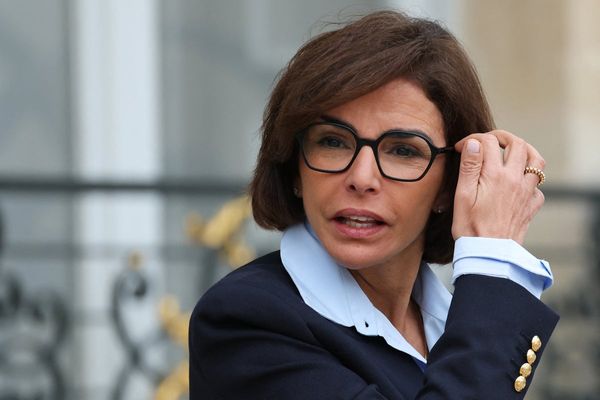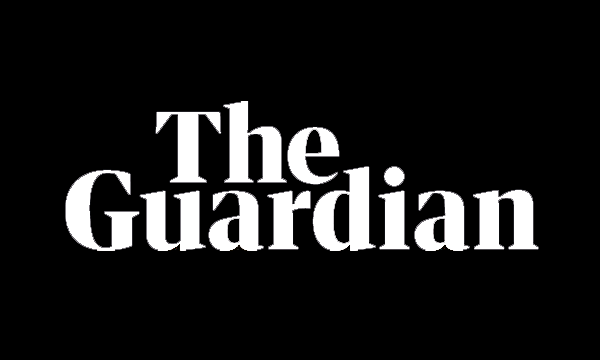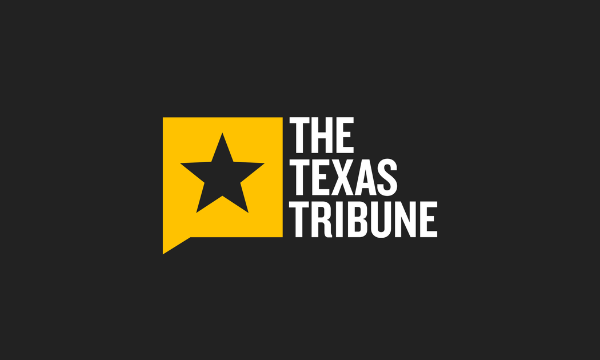
Sarah Pochin’s claim on Saturday that she was driven mad by “seeing adverts full of black and Asian people” might have seemed like another hard-right hard sell from a politician who used one of her first sessions in the Houses of Parliament to ask Keir Starmer if he’d “ban the burqa”.
The Runcorn and Helsby MP was later forced to apologise, saying her comments about advertising were “phrased poorly”, but as well as highlighting what the prime minister described as “racist” views, they also pointed to a very real change the advertising sector has seen in the past five years.
It is true that since 2020 there has been a noticeable increase in representation of black people in UK adverts.
Data from Channel 4’s Mirror on the Industry report showed there was a surge of representation after the Black Lives Matter protests in 2020, when many industries – including advertising – were criticised for poor representation.
In 2020, 37% of adverts featured black people; that number increased to 45% in 2021 and 51% in 2022 before a decline in 2023 to 49%. The 2021 census showed that 4% of the population of England and Wales is black.
Post BLM, black people remain the best represented group in advertising relative to their population size, but brands can still become unstuck when it comes to how they are depicted.
Last year Heinz was criticised over two adverts after accusations that they perpetuated racist tropes. One featured a wedding scene where a black bride’s father was absent, which was accused of reinforcing “harmful stereotypes” about black dads, while another included artwork that was criticised for seeming to depict digital blackface.
This year, a Sanex shower gel ad was banned in the UK by the Advertising Standards Authority (ASA) for appearing to suggest that black skin is “problematic” and white skin “superior”.
Nessa Keddo, a senior lecturer in media, diversity and technology at King’s College London, said that despite there being more representation in adverts, firms were now under-investing in diversity, equity and inclusion (DEI) initiatives and consultants who would point out “red flags” before campaigns went live.
“It’s an interesting paradox,” she said. “Brands feel they can talk more openly about race, but they’re missing the mark about what positive representation means. Sometimes they’re getting it right but with the DEI rollback, we’re seeing a cut in research and brands focusing on what audiences actually want.
“In 2020 there was a boom in DEI, but now we’re seeing the decline of that in advertising and beyond, which is changing the way everything from how brands communicate to the messaging coming from government.”
Pochin’s argument was that the “liberal woke” agenda has produced an increase in black faces in UK adverts, but those who study the sector say this misses more obvious motivations – it makes companies money.
A global advertising study released in 2024 showed that ad campaigns that were more inclusive had a “positive impact on profits, sales and brand worth”. The study, based on an analysis of 392 brands across 58 countries, claimed there was an almost 3.5% boost to shorter-term sales and a more than 16% increase in the longer term for brands that used inclusive advertising.
The Incorporated Society of British Advertisers (ISBA) recently described diverse representation in adverts as a moral responsibility but also “a business imperative”.
“Pochin mentioned the increase in representation but she didn’t mention the impact on revenue for the brands,” said Keddo. “She presented a very one-sided argument. Yes, there’s a higher representation of black and minority ethnic people in adverts but that doesn’t mean it’s negative for businesses and shareholders.”
And the culture war in advertising isn’t limited to black or brown communities, as highlighted by the reaction to Jaguar’s 2024 campaign.
Elon Musk criticised the brand for a campaign that was clearly aimed at younger consumers and featured “Miami Pink” vehicles that were a marked departure from its usual design. The New York Post described it as “the latest example of idiotic and woke corporate virtue signalling”, while Attitude magazine described the criticism as “a full-on hate campaign, laced with homophobia”.
While the Channel 4 study showed representation for black people, other groups were under-represented. Pregnant women appeared in just 0.1% of UK adverts, while LGBTQIA+ people featured in only 2% of ads, well below the 3.2% of the population.
When it comes to improving diversity in advertising, numbers only tell part of the story.







